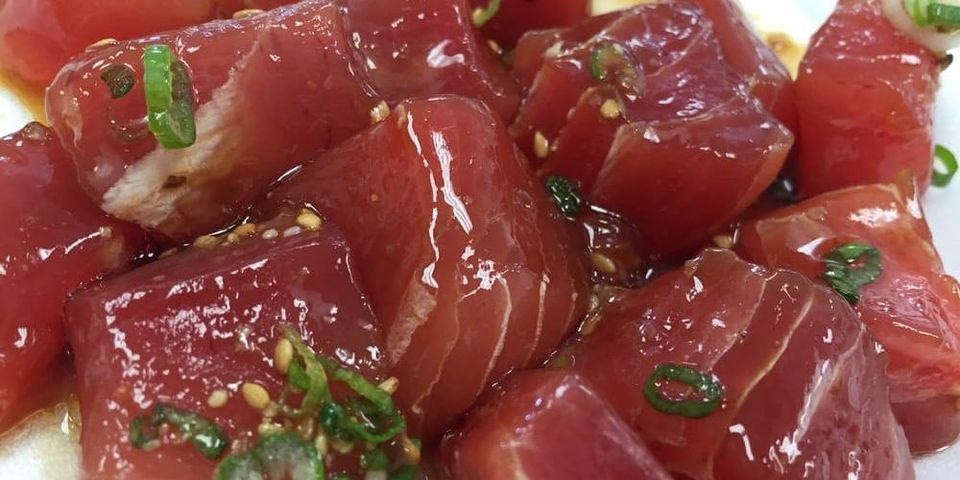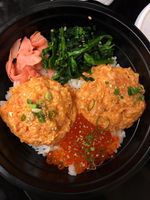When Did the Poke Bowl Start Using Fresh Tuna? A Guide to the History of Poke

Raw, seasoned seafood has always been a staple of Hawaiian cuisine. In fact, hundreds of years before the Western world first made contact with Native Hawaiians, they prepared reef fish by chopping it up and tossing it with sea salt, seaweed, and roasted kukui nut. This dish served as the origins of the poke bowl, which is typically made with fresh tuna today. If you are craving mouthwatering seafood dishes, head to Ahi and Vegetable in Honolulu, and read on to learn more about the history of one of Hawaii’s most popular delicacies.
How Native Hawaiians Have Always Made the Most of Fresh Tuna
What Does Poke Mean?
In Hawaiian, “poke” is actually a verb that means to slice, cut, or section crosswise into pieces. No one knows precisely when the dish containing raw fish, salt, crushed nuts, and crisp seaweed first came to be called poke, but historians do know the term caught on and became fairly widespread by the 1960s.
The term “poke” refers to how the fish is cut up for this delectable dish. It is essentially sliced into small, bite-size cubes. Poke bowls were first composed of reef fish. As the Native Hawaiians started using more modern vessels that provided them with easier access to deep-water fish such as ahi, the most popular choice for poke bowls became fresh tuna.
What Do Poke Bowls Contain?
 In addition to fresh fish, poke bowls often contain sesame oil, soy sauce, white onions, green onions, and chili pepper. This popular staple continues to evolve to this day, though. You may find you like poke with wasabi, kimchi, oyster sauce, chopped crab, or even tofu. Regardless of your favorite poke combination, you will find it at Ahi and Vegetable.
In addition to fresh fish, poke bowls often contain sesame oil, soy sauce, white onions, green onions, and chili pepper. This popular staple continues to evolve to this day, though. You may find you like poke with wasabi, kimchi, oyster sauce, chopped crab, or even tofu. Regardless of your favorite poke combination, you will find it at Ahi and Vegetable.
If you’re craving authentic Hawaiian cuisine, head to Ahi and Vegetable in Honolulu. Check out their website to view all of the fresh tuna and high-quality seafood on their menu, and call (808) 845-3500 to learn more about their wholesale seafood pricing today.
About the Business
Have a question? Ask the experts!
Send your question

